The Black and White Years / The Color Years / The Rescue of the Historic TK40
In this piece, you’ll see television history in the making that starts in 1949 and continues into the present. Now standing safely in Boston is one of the first two color cameras ever delivered to a local station: WKY-TV in Oklahoma City.
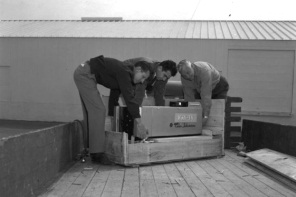
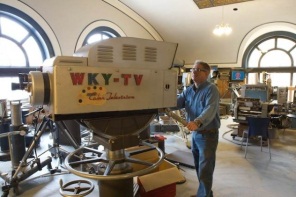
After a brief introduction, you’ll see a large part of this station’s unique story, told in more than 80 photos.
It truly amazes me how stations that are not in major markets take some of the biggest risks and make some of the biggest breakthroughs. Take, for instance, Oklahoma City in 1949. That’s when WKY (now KFOR) became Oklahoma’s first TV station.
This station reminds me of the people at WGAL in Lancaster, Pa. who started about the same time and built a big station in the nation’s smallest TV market, but had the vision to buy first-class equipment and produced a first-class product. Just look below at the Sanner crane and Houston Fearless Panoram dolly with TK10s and TK30s mounted on them. WKY-TV was intent on being the best.

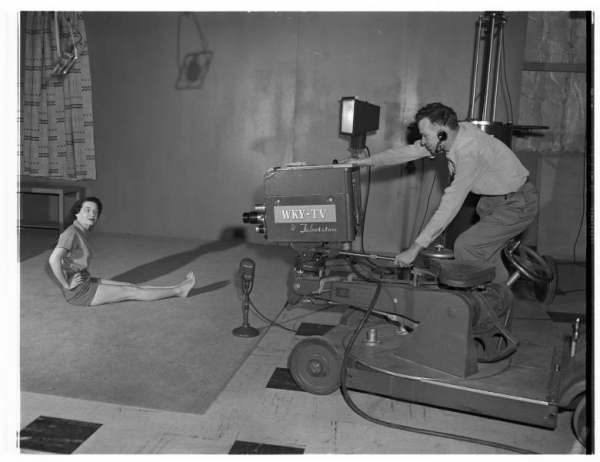
In 1954, WKY would be the first local station in the country to receive a pair of RCA TK40 color cameras, even before the NBC O&O stations had them. Only NBC and CBS network studios had TK40s prior to WKY, but more on that below.
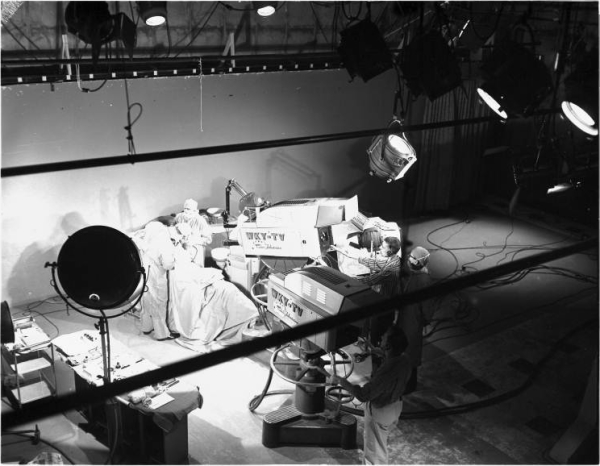
And in the big box below, it’s nothing short of a brand-new Ampex VR 1000!

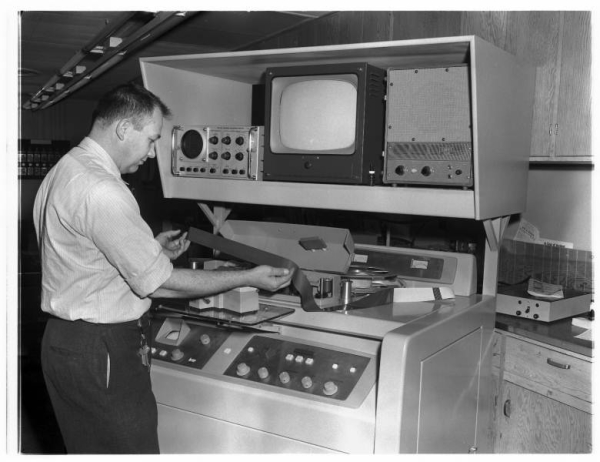
There are so many images that I can’t caption and comment on them all, so I’m just going to lay them out below in a few sections that show the Black and White and then the Color Years, and then…SOMETHING SPECIAL! You’ll see one of these historic WKY TK40 cameras as it sits today and see the story on its rescue.
But, first…let me share what I think is a universal truth, and we see it in the image below. It is my humble opinion that for some reason, the young tall guys always get to carry the light stuff and the older, short guys always wind up with the heavy stuff.
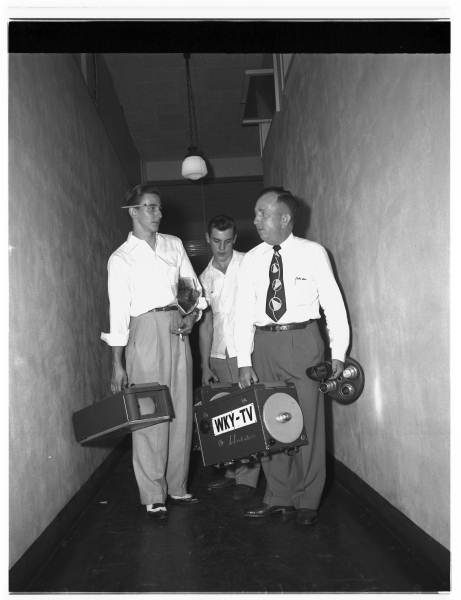
The Black and White Years
Below you’ll see more than three dozen RCA TK10s and TK30s in action, and a couple of shots of the WKY control room.
If you are wondering what Ed Sullivan is doing at what is now a NBC affiliate, remember that early on, local stations didn’t have to be bound to a single network and could carry shows of their choosing from CBS, NBC, ABC or DuMont. Remember Sky King and Penny? They’re here, too. (WKY was also the TV home of country music star Buck Owens, but I don’t have any pictures of him, alas.)
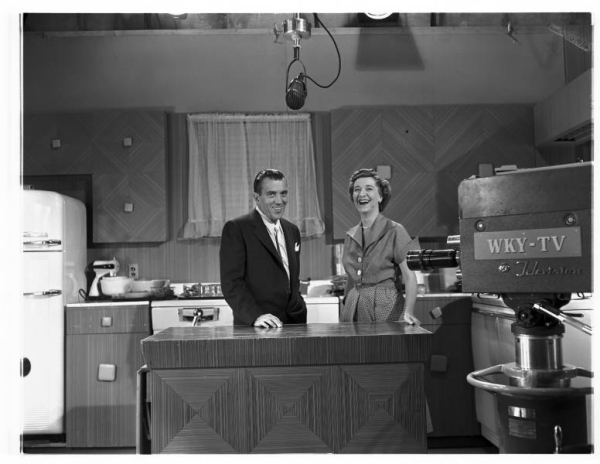
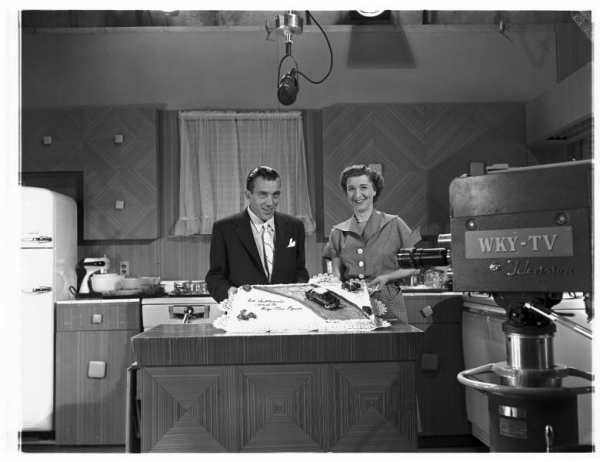


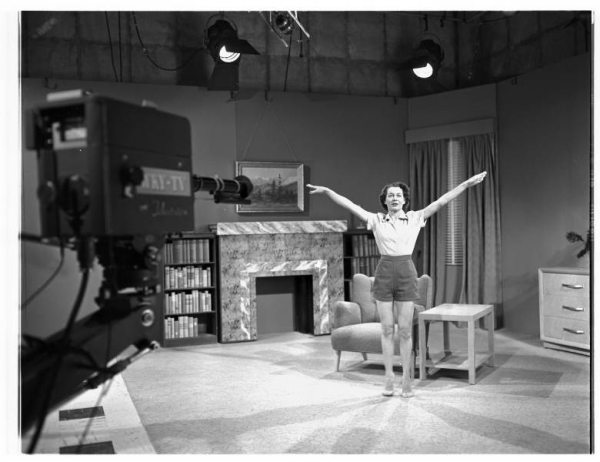
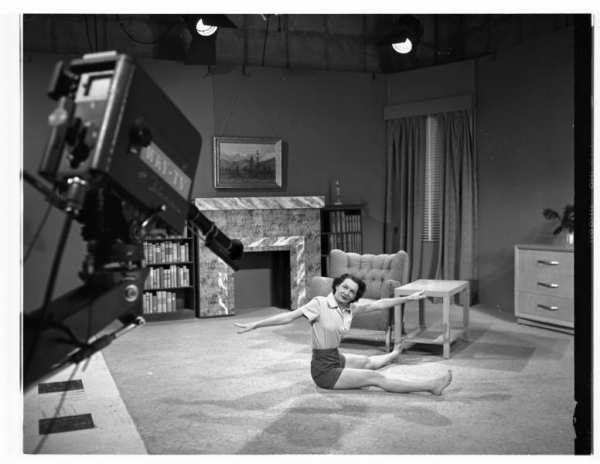

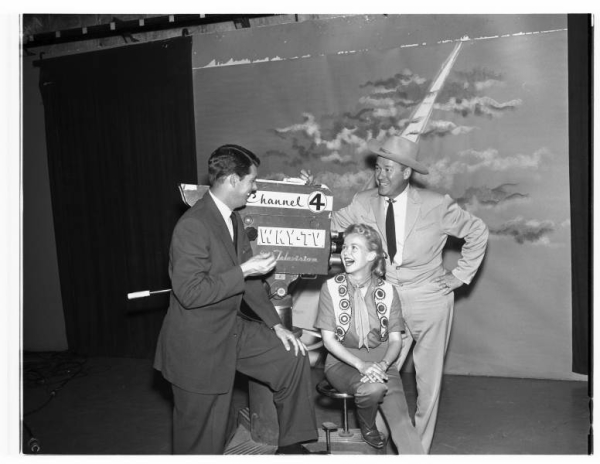
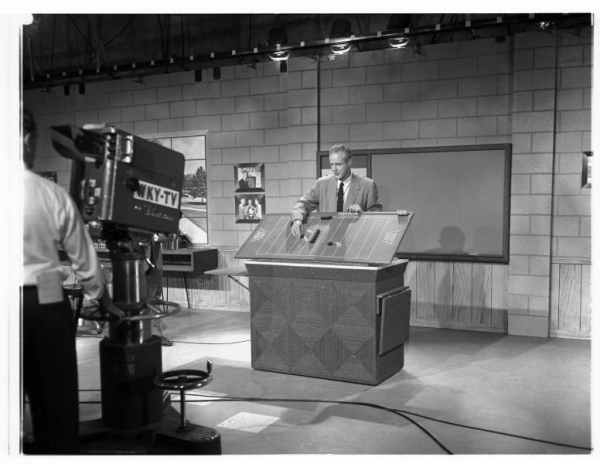


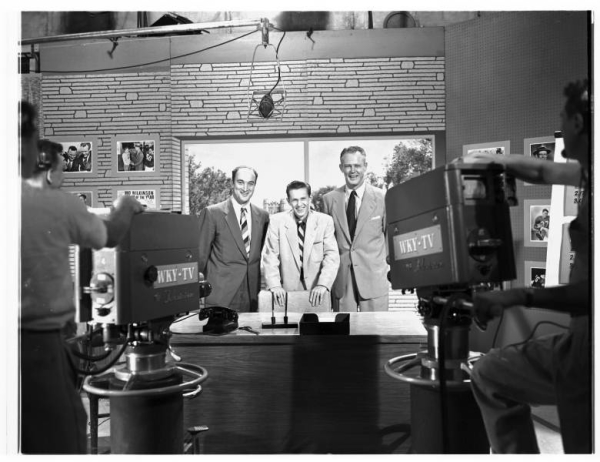

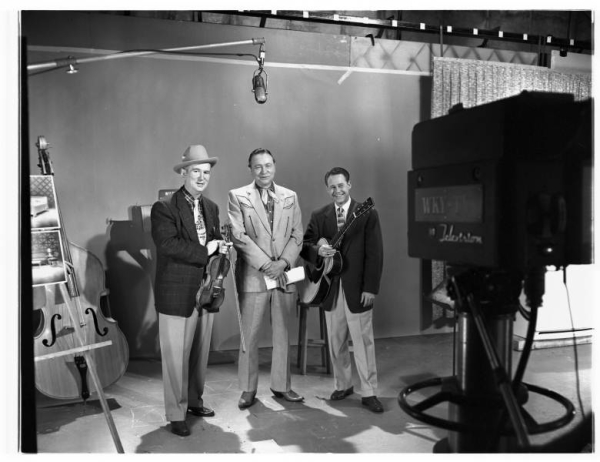
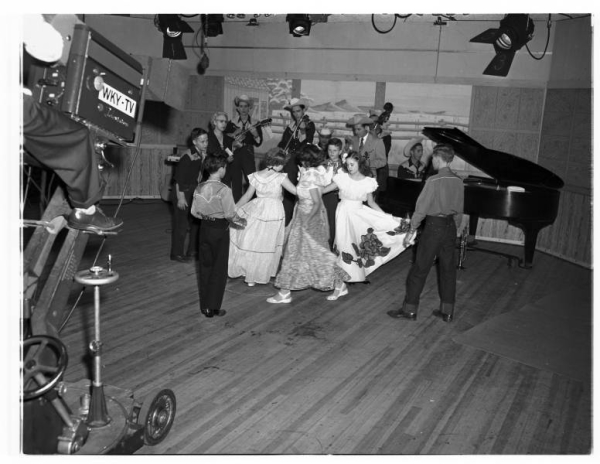
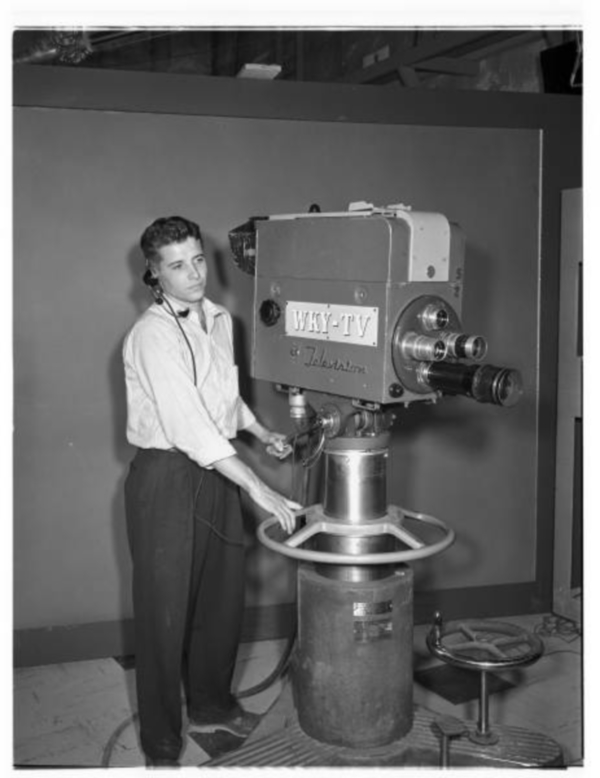
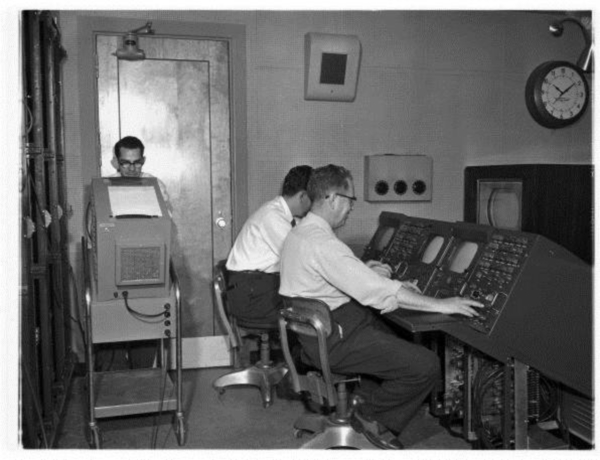
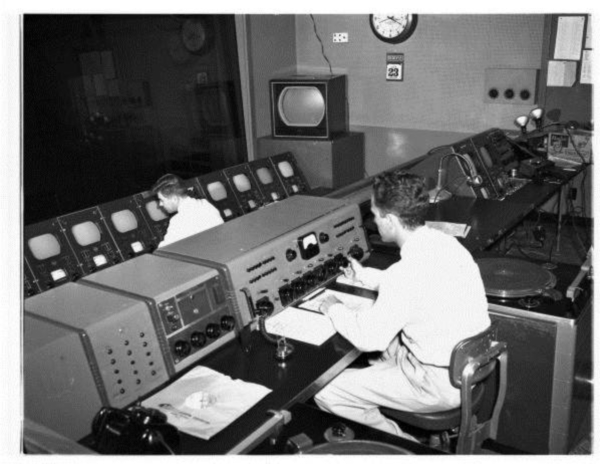
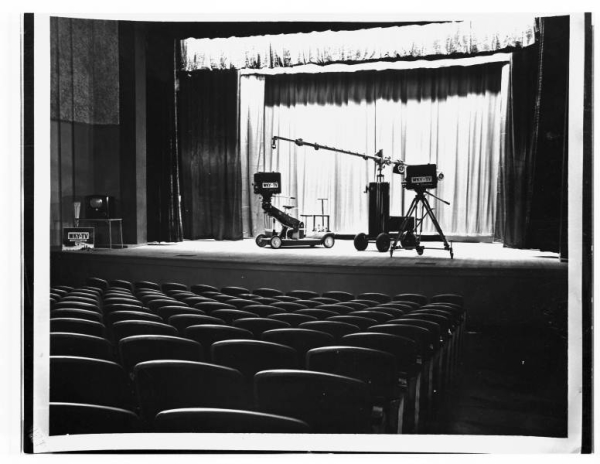
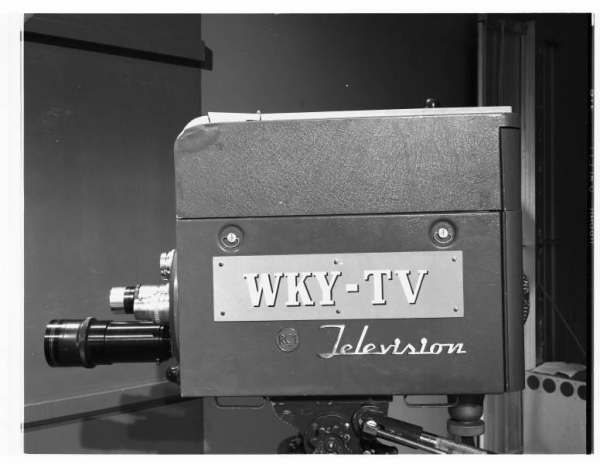
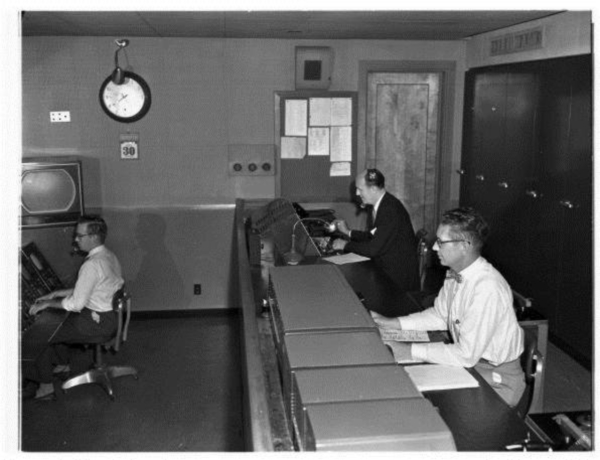
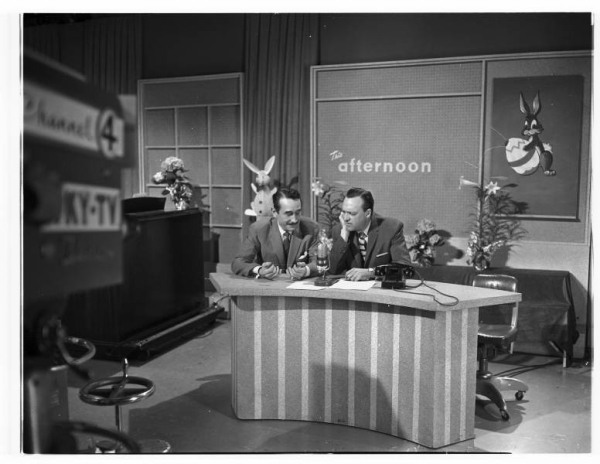
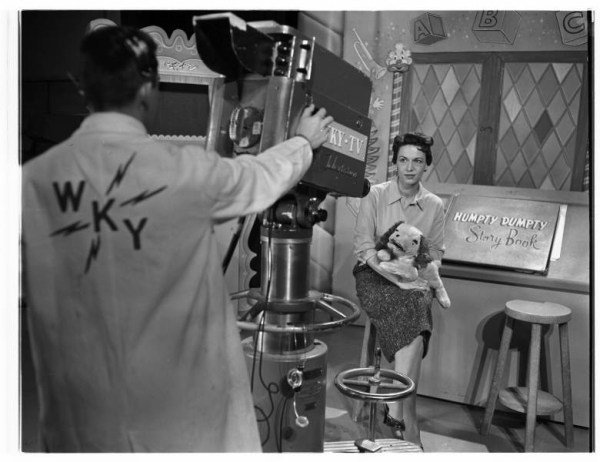
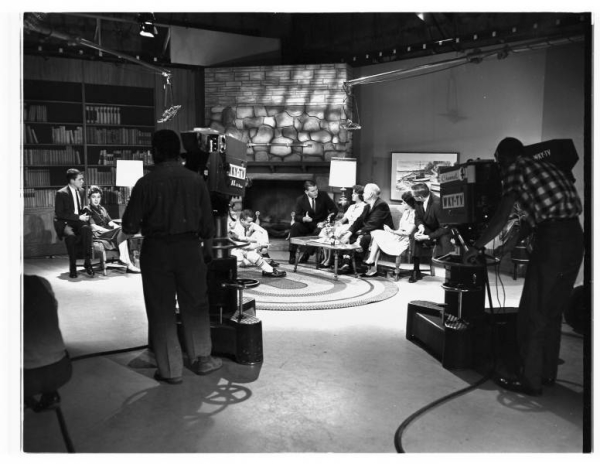
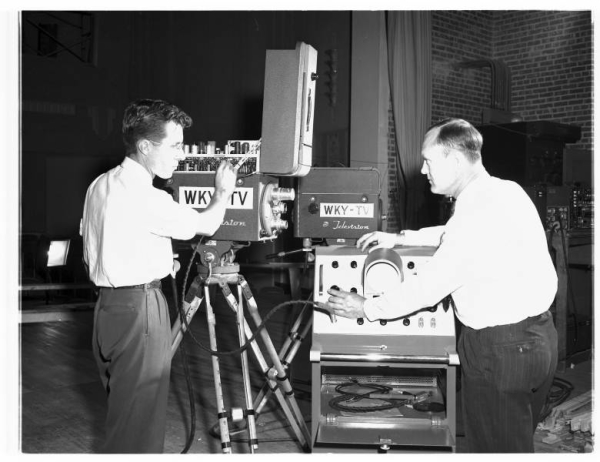
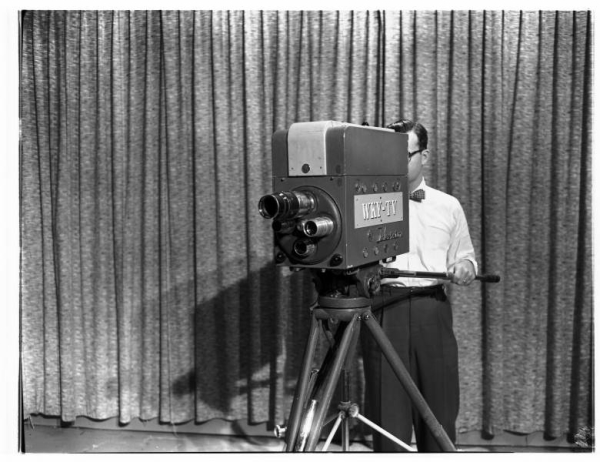
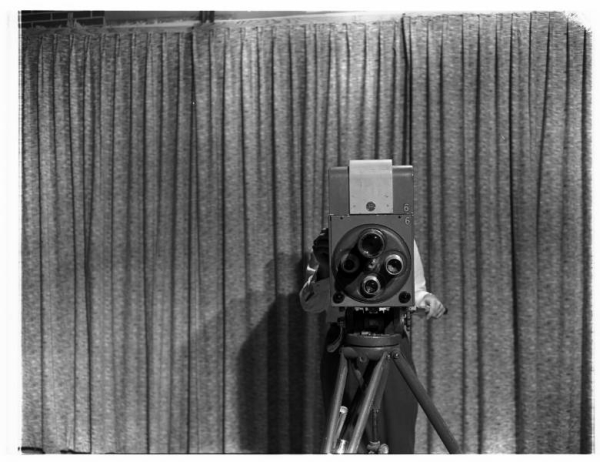
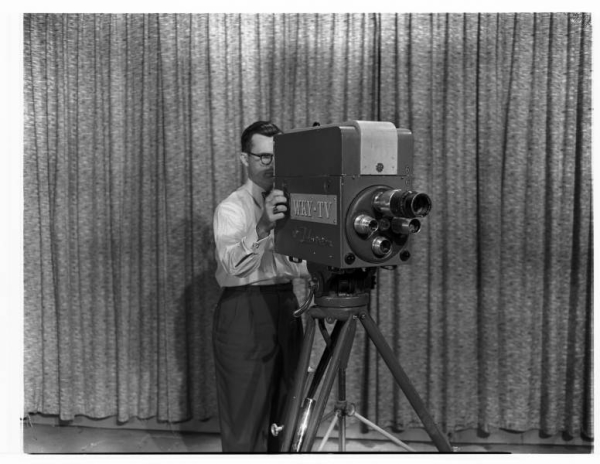

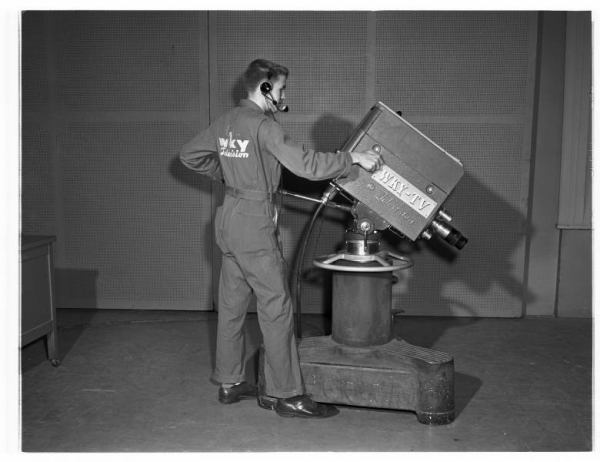
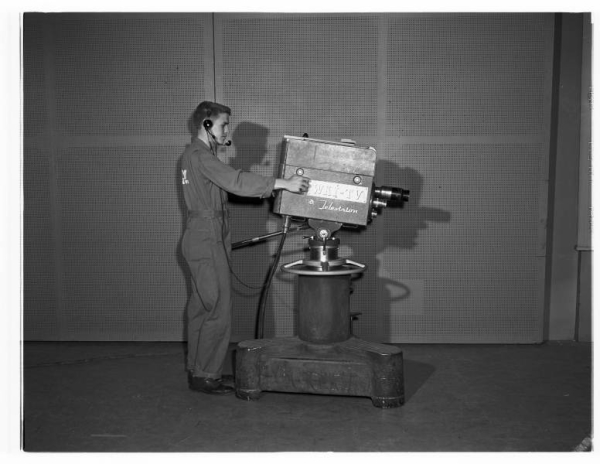
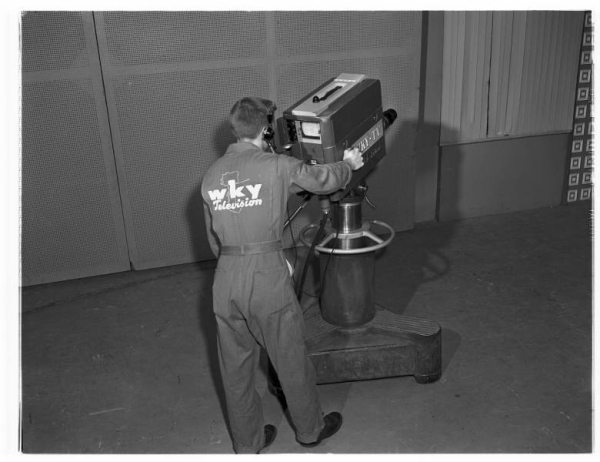
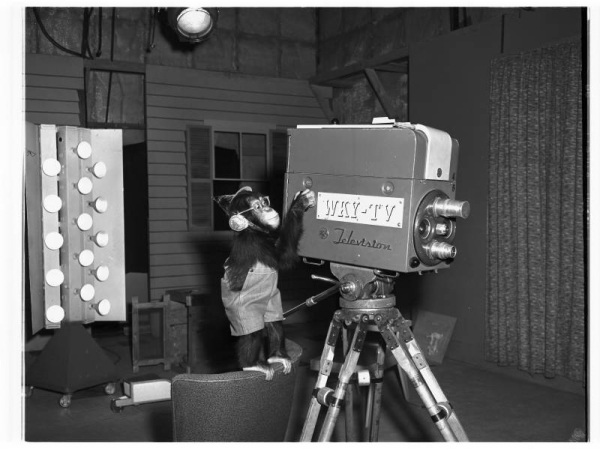
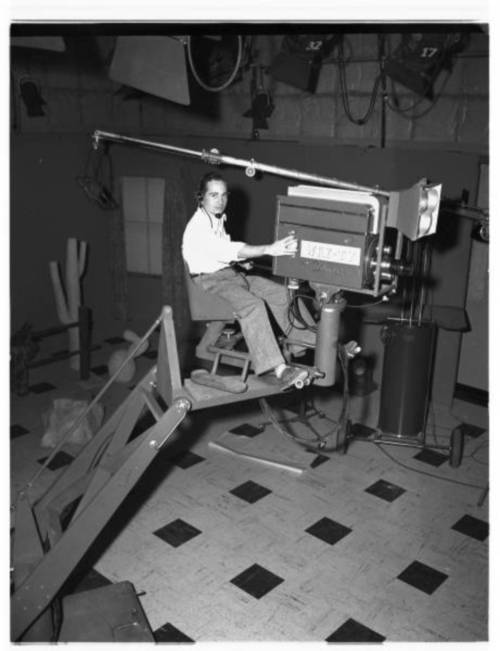
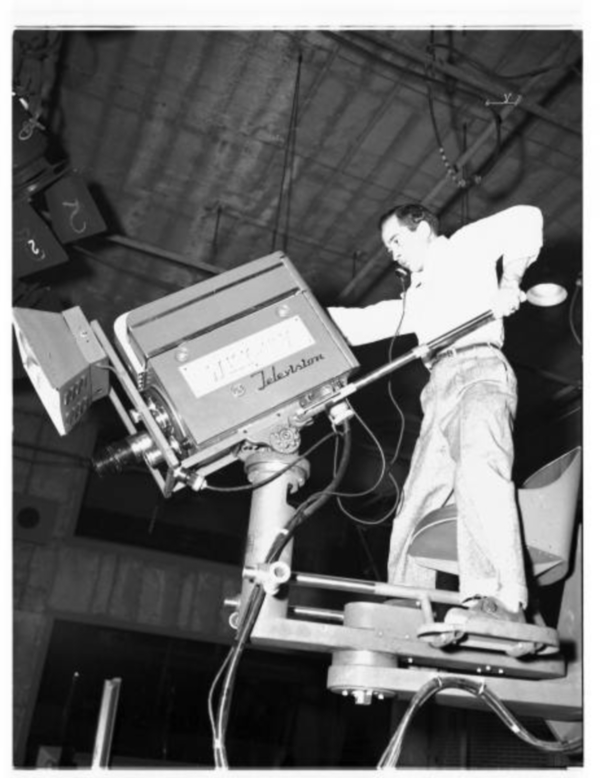
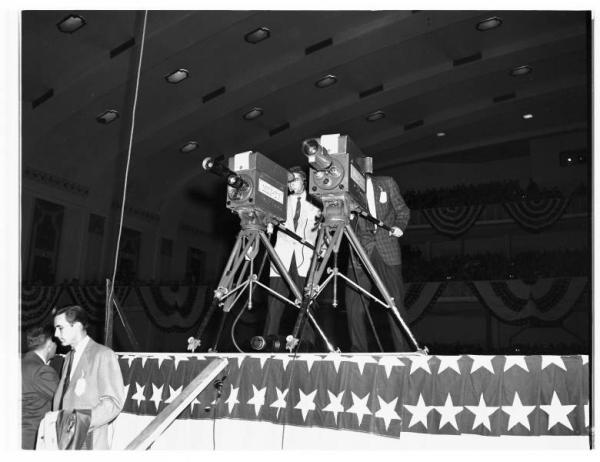
The Color Years
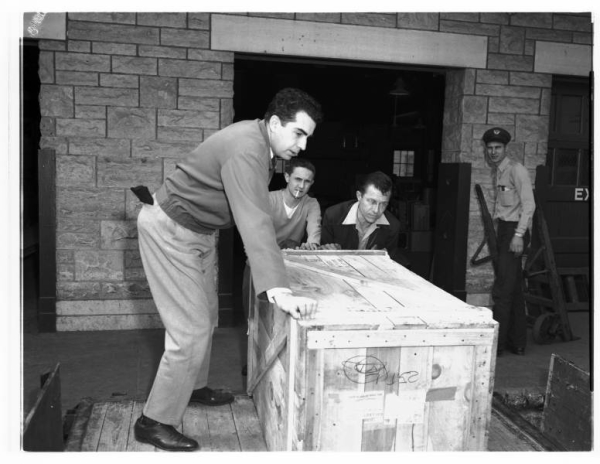
Inside this nondescript wooden crate is a revolution. Here’s how it looked when the first two RCA TK40 color cameras ever delivered to a local station were uncrated and made ready for work at WKY.
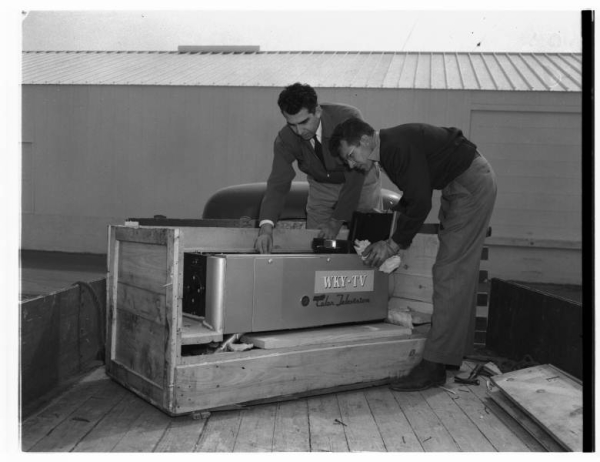
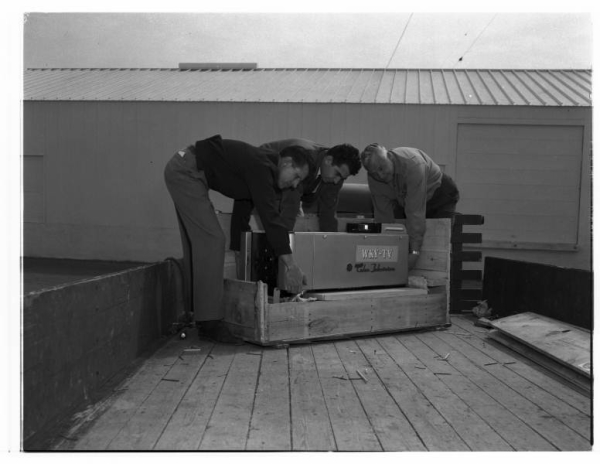
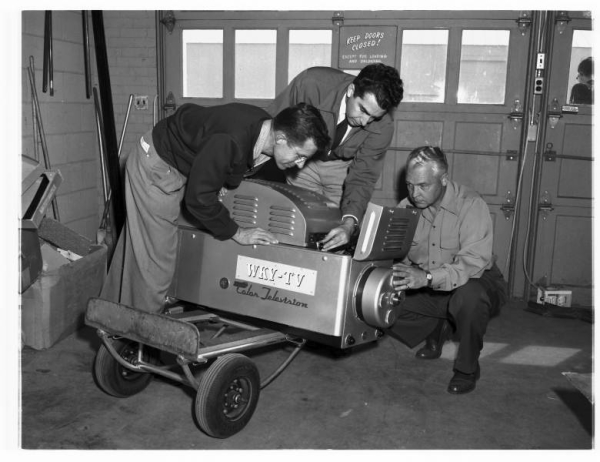
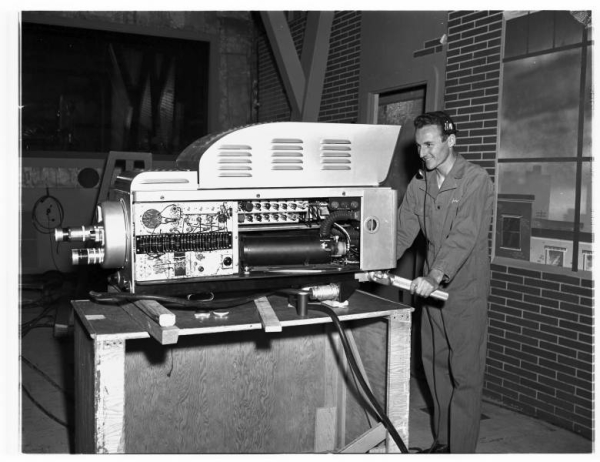
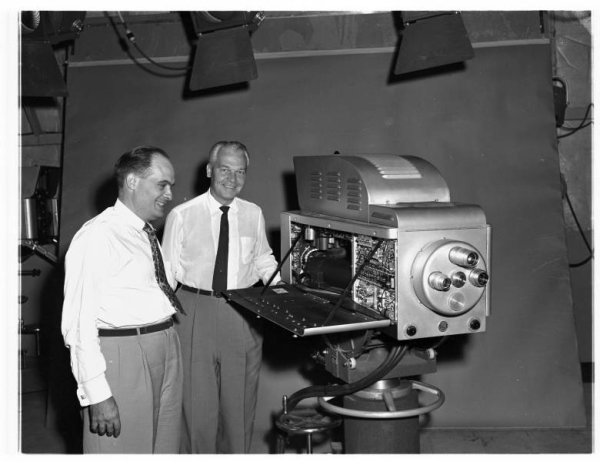
The rest, as they say, is history. Below is color television history as it happened.
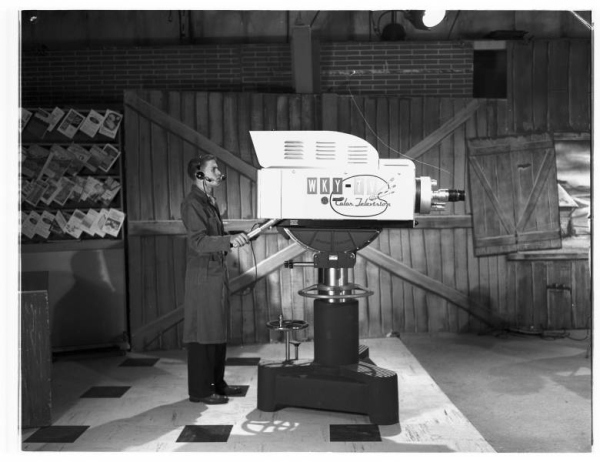

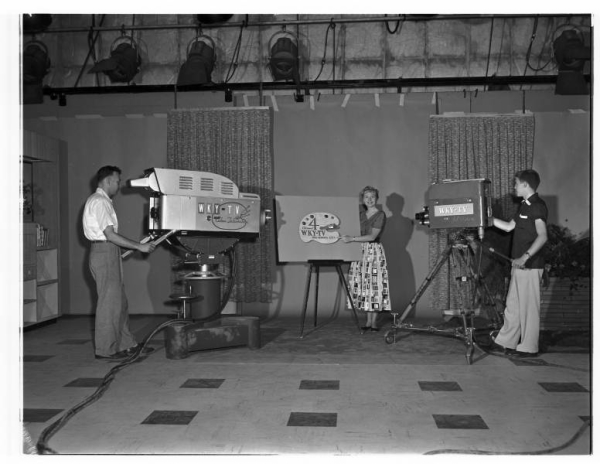
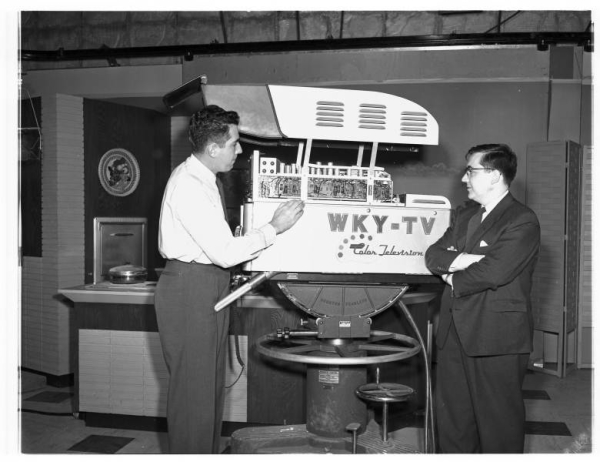
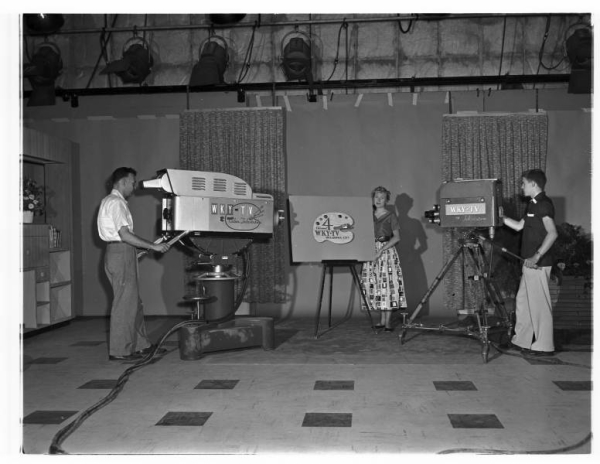



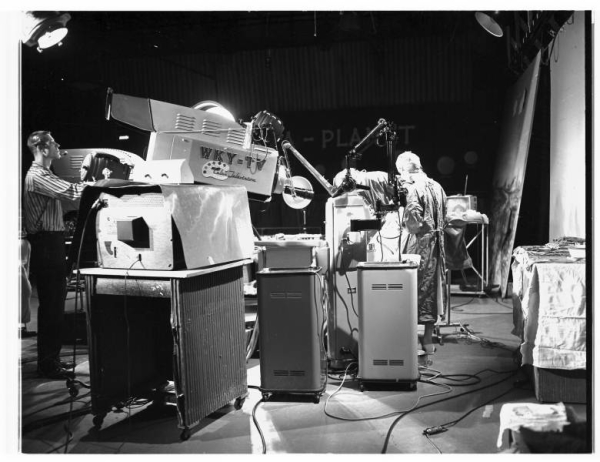
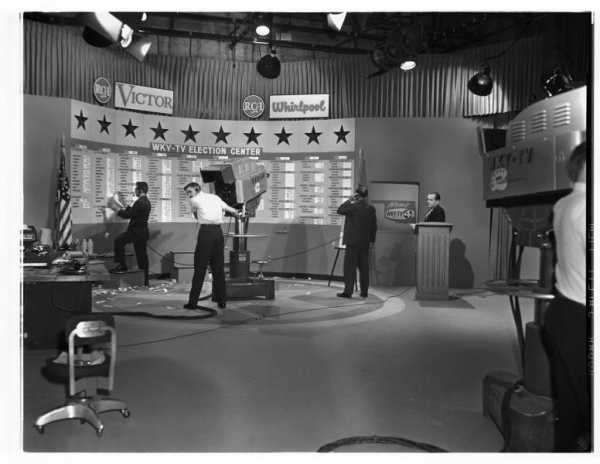
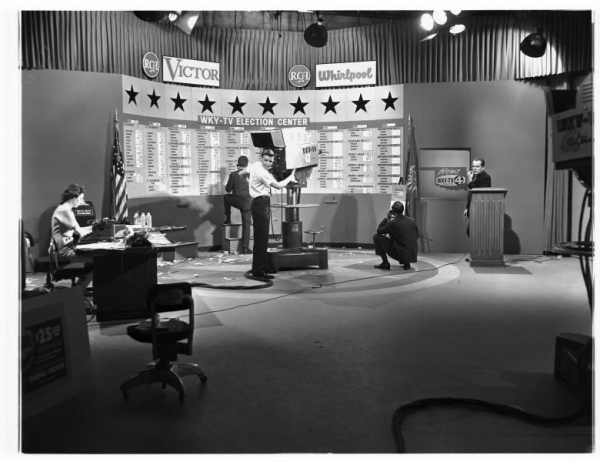
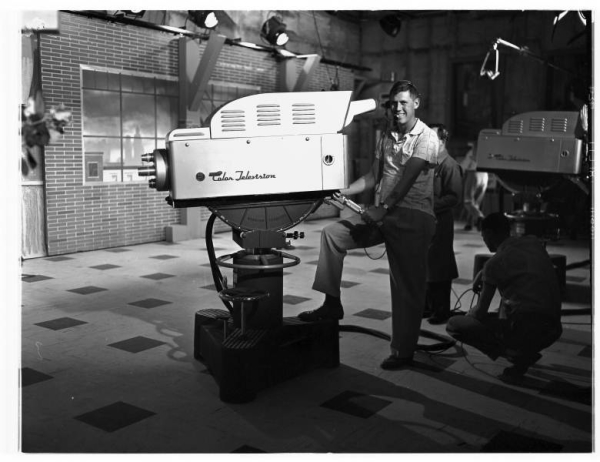

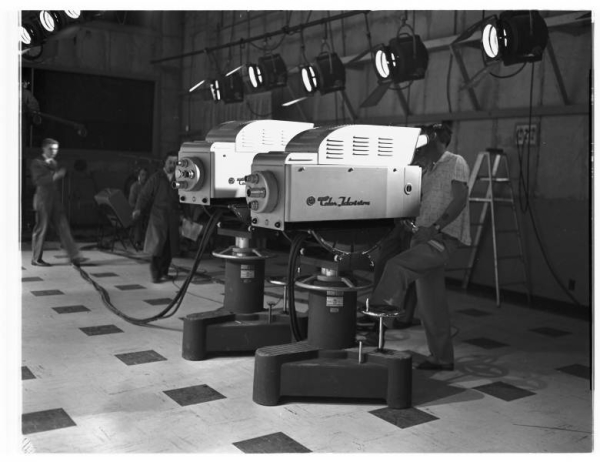
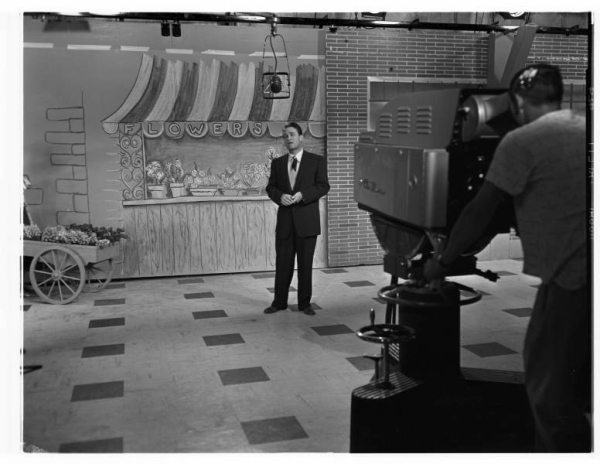
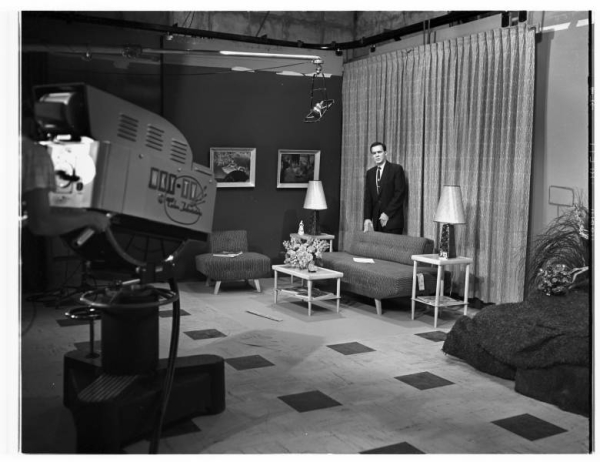
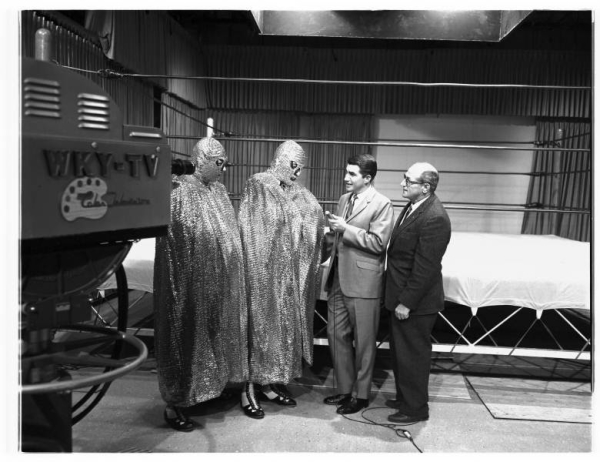

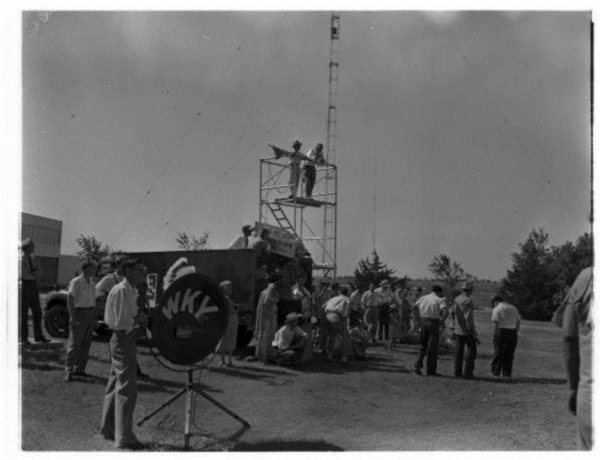
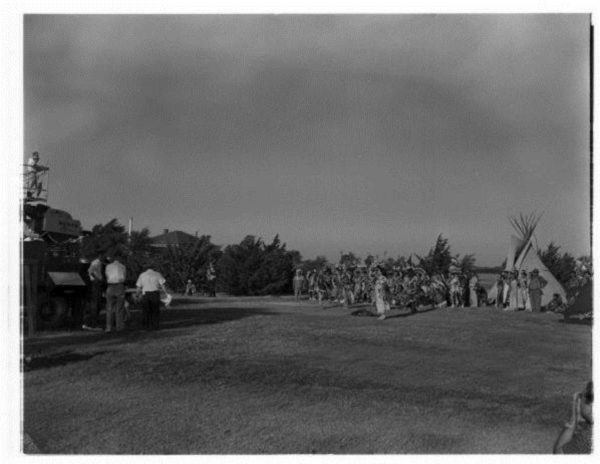

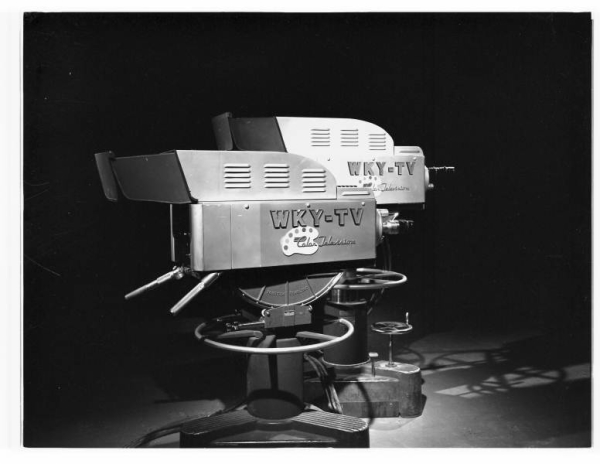
One day around Thanksgiving 2008, Lytle Hoover sent me a few photos that someone in Oklahoma City had sent to him to post on his great web site, the RCA Television Section of Old Radio.com. In those pictures (seen below) was one of these historic TK40s still in storage at KFOR (formerly WKY).
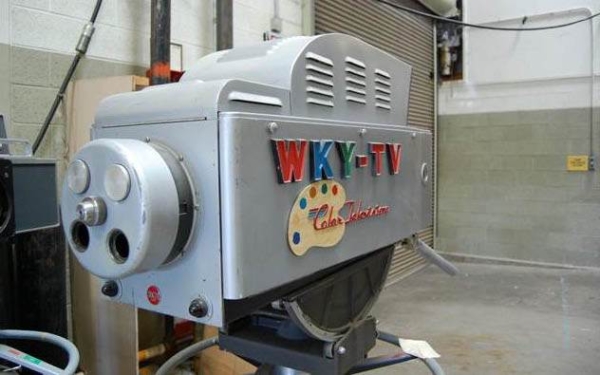
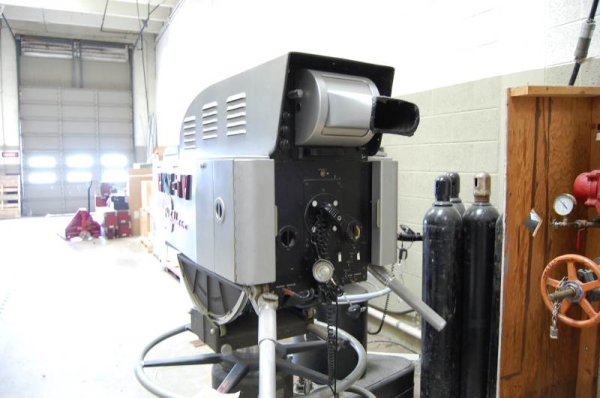
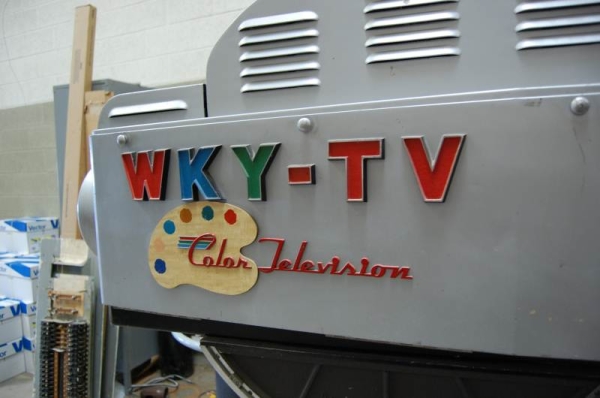
I had seen a picture of the other WKY TK40 at the Oklahoma History Center and was glad to see that at least one camera made it to safety, but I immediately became concerned that this camera might not. Unfortunately, these days broadcast properties are being bought and sold much more often than in the past, and when the accountants show up one of the first priorities is often to get rid of “the junk.” Countless cameras, pedestals, videotape machines and other early artifacts have been sent to the scrap heap with not so much as a thought as to its historical value.
I called my friends Paul Beck and Tom Sprague in Boston at the Museum of Broadcast Technology. Paul was as ecstatic and amazed as I was that this camera still existed. We talked and emailed each other for a few days about the camera, but that’s all we did…talk. That is, until I called KFOR’s general manager and asked if the station would be willing to donate it to a reputable museum, as they had with the other camera. He was open to the idea, so I immediately called Paul and let him know of the conversation.
Within a few hours, Paul called me back and sent me a copy of the letter outlining the points of the conversation he had had with the same gentleman. An agreement was in place for the camera to go to Boston. It took several months of back-and-forth communications, but in May 2009, a road trip was on the books.
In the meantime I had found out from Chuck Conrad, another camera collector in Texas, that he had an RCA TCR 100. I had called Chuck about it after seeing it on his Chalkhill Media website. I knew Tom and Paul were looking for one for the museum, so I introduced them and they were able to work out a trade that got Chuck some equipment he wanted and gave the museum the TCR 100. Below, you see the huge TCR 100 video cartridge player; below that, the monster being loaded into the truck.
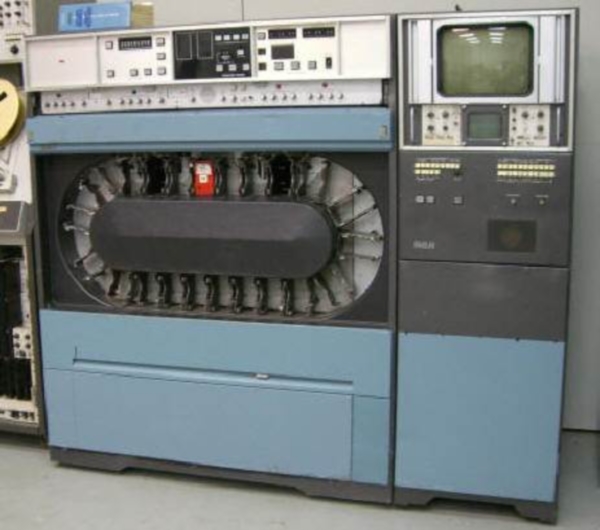
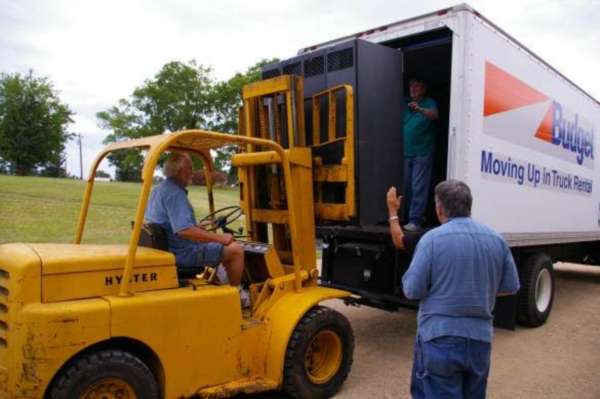
Paul and a friend, Dick Webb, flew to Oklahoma City, picked up the TK40, then drove to Chuck’s near Long View in east Texas to pick up the TCR 100. From there, they headed to Georgia and to my house. Below, you see Paul and Dick with my TK41. Paul is no stranger to the TK41, as that’s him in his early years running one at WHDH on Romper Room.
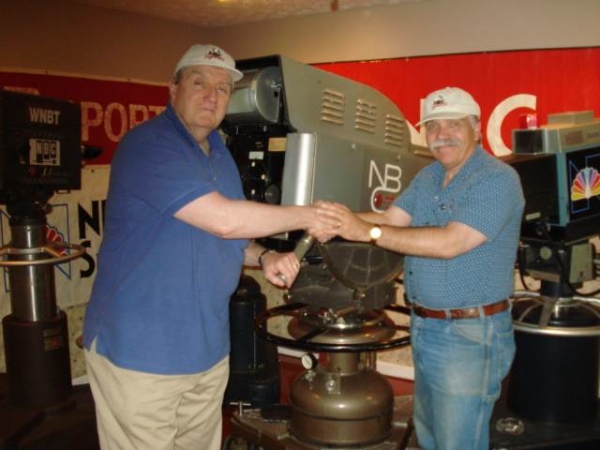

I’m sorry I didn’t get a picture of myself with Paul, but the truth is I was so excited to see him, I just forgot. Paul Beck is one-of-a-kind and I am honored to call him a friend! He is a true gentleman in every way and knows more about television and television’s history than anyone I know. After two more days on the road, Paul and Dick made it back to Boston. Below, you see the WKY TK40 at its new home with Marc Berman at the controls.
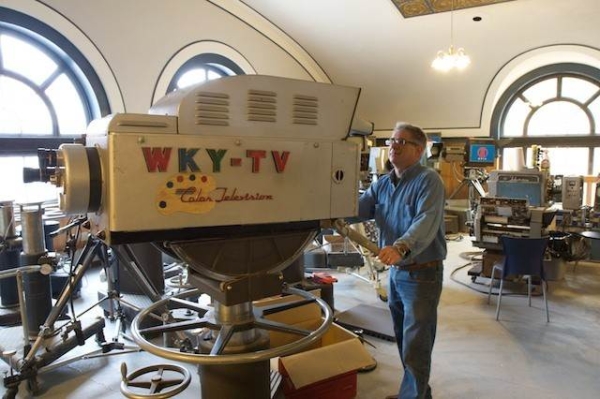
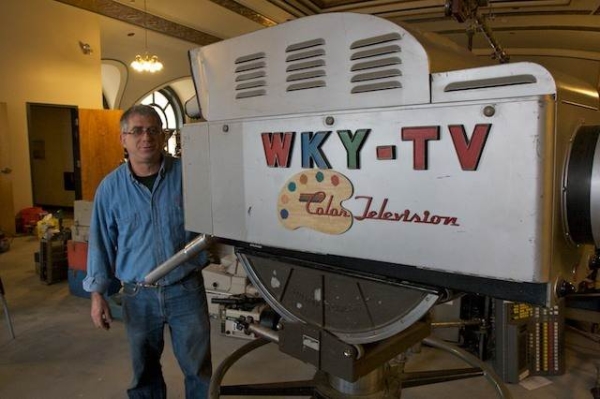
For more on the Museum of Broadcast Technology, click here or visit them at http://www.wmbt.org/